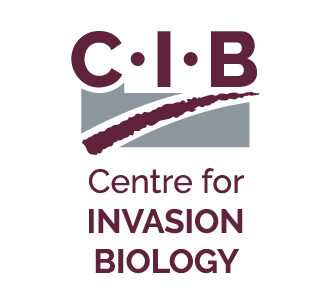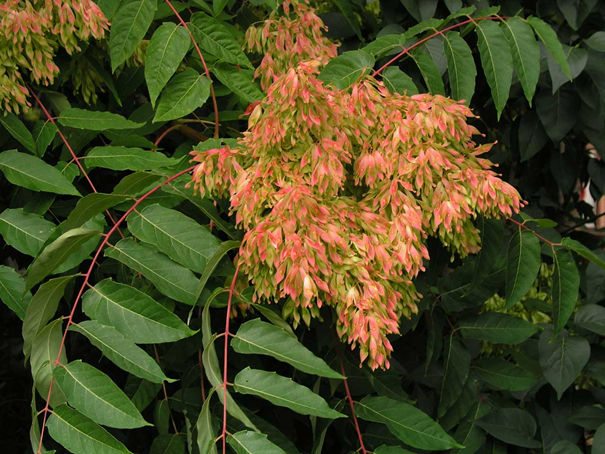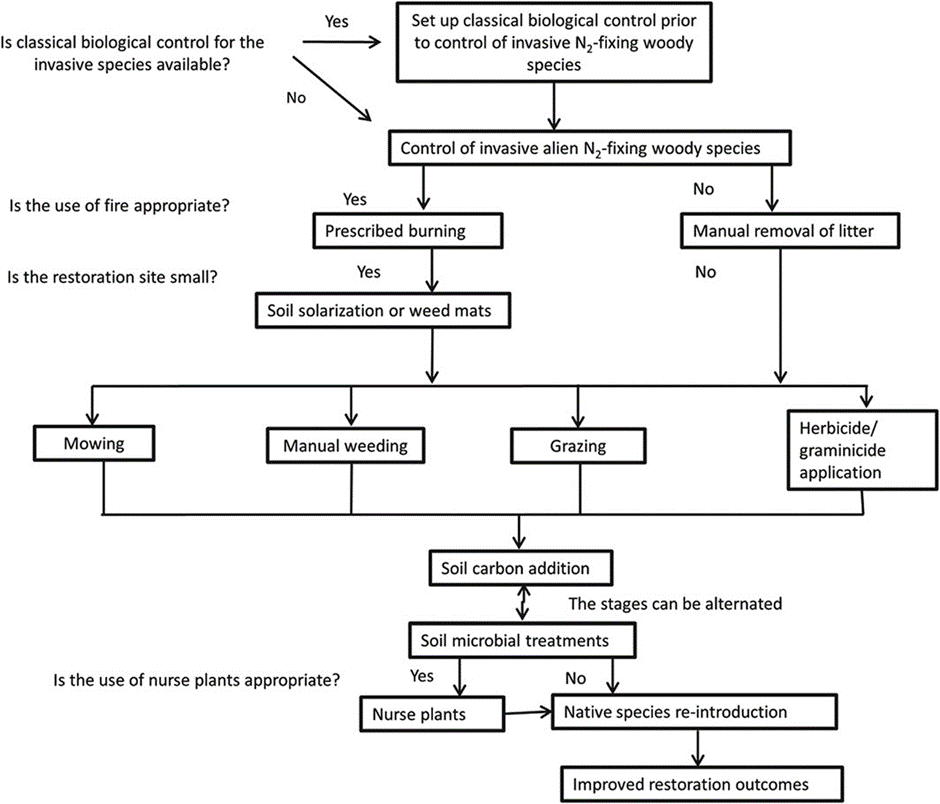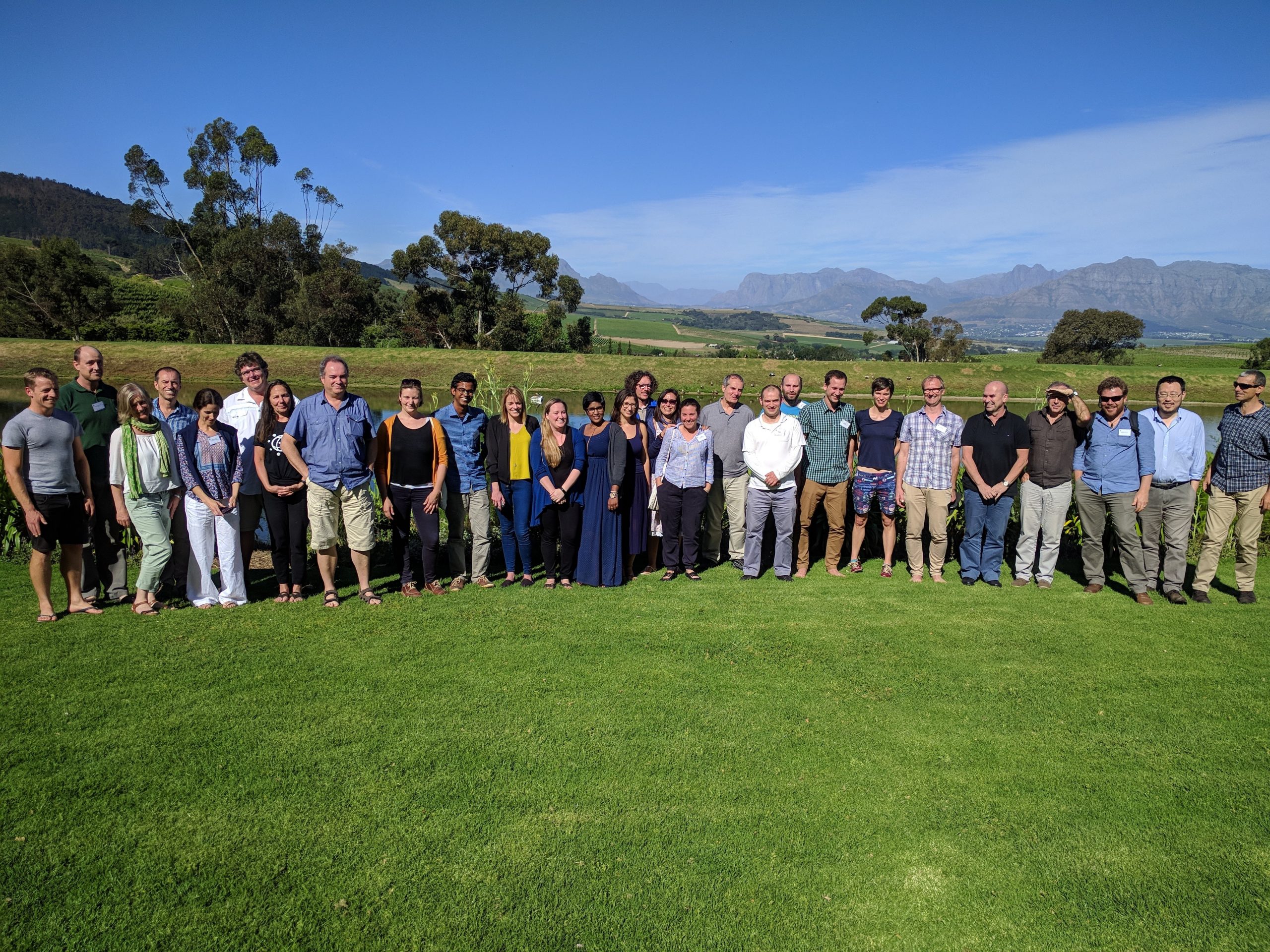The worst European invaders systematically assessed
It seems to be part of human nature to rate things against each other, to rank and to make lists of the “best” and the “worst”. Systems have been developed, for example, to rank soccer teams according to their performance; cities and countries around the world are ranked according to living standards.





